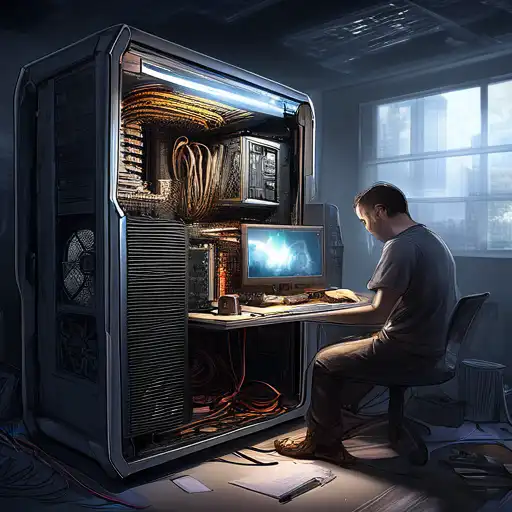Introduction to PC Building
Building your own PC can be a rewarding experience, offering both personal satisfaction and the opportunity to create a machine that perfectly fits your needs. Whether you're a gamer, a content creator, or just someone looking for a custom computing solution, this guide will walk you through the basics of assembling your own computer.
Why Build Your Own PC?
Building your own PC allows for customization that pre-built systems can't match. You can select each component based on your specific requirements, ensuring optimal performance and value. Plus, it's a great way to learn about how computers work.
Essential Components for Your PC
Before you start, you'll need to gather all the necessary components. Here's a list of the essential parts:
- Processor (CPU)
- Motherboard
- Memory (RAM)
- Storage (SSD or HDD)
- Power Supply Unit (PSU)
- Case
- Graphics Card (GPU) - if not integrated into the CPU
Step-by-Step Assembly Guide
Now that you have all your components, it's time to start building. Follow these steps to assemble your PC:
- Prepare your workspace and ensure you have all necessary tools.
- Install the CPU onto the motherboard.
- Install the RAM into the appropriate slots on the motherboard.
- Mount the motherboard inside the case.
- Install the power supply unit.
- Connect all necessary power cables to the motherboard and other components.
- Install your storage devices.
- If applicable, install the graphics card.
- Connect all peripherals and power on your PC.
Installing the Operating System
Once your PC is assembled, you'll need to install an operating system. Whether you choose Windows, Linux, or another OS, ensure you have a bootable USB drive or DVD ready for installation.
Tips for First-Time Builders
Building a PC for the first time can be daunting, but here are some tips to help you through the process:
- Take your time and don't rush the assembly.
- Refer to the manuals that come with your components.
- Ensure all components are compatible before purchasing.
- Consider static electricity and take precautions to avoid damaging components.
Conclusion
Building your own PC is an achievable goal for beginners, offering a deep sense of accomplishment and a fully customized computing experience. By following this guide, you're well on your way to creating a machine that meets your exact needs.
For more information on selecting components, check out our component guide.
